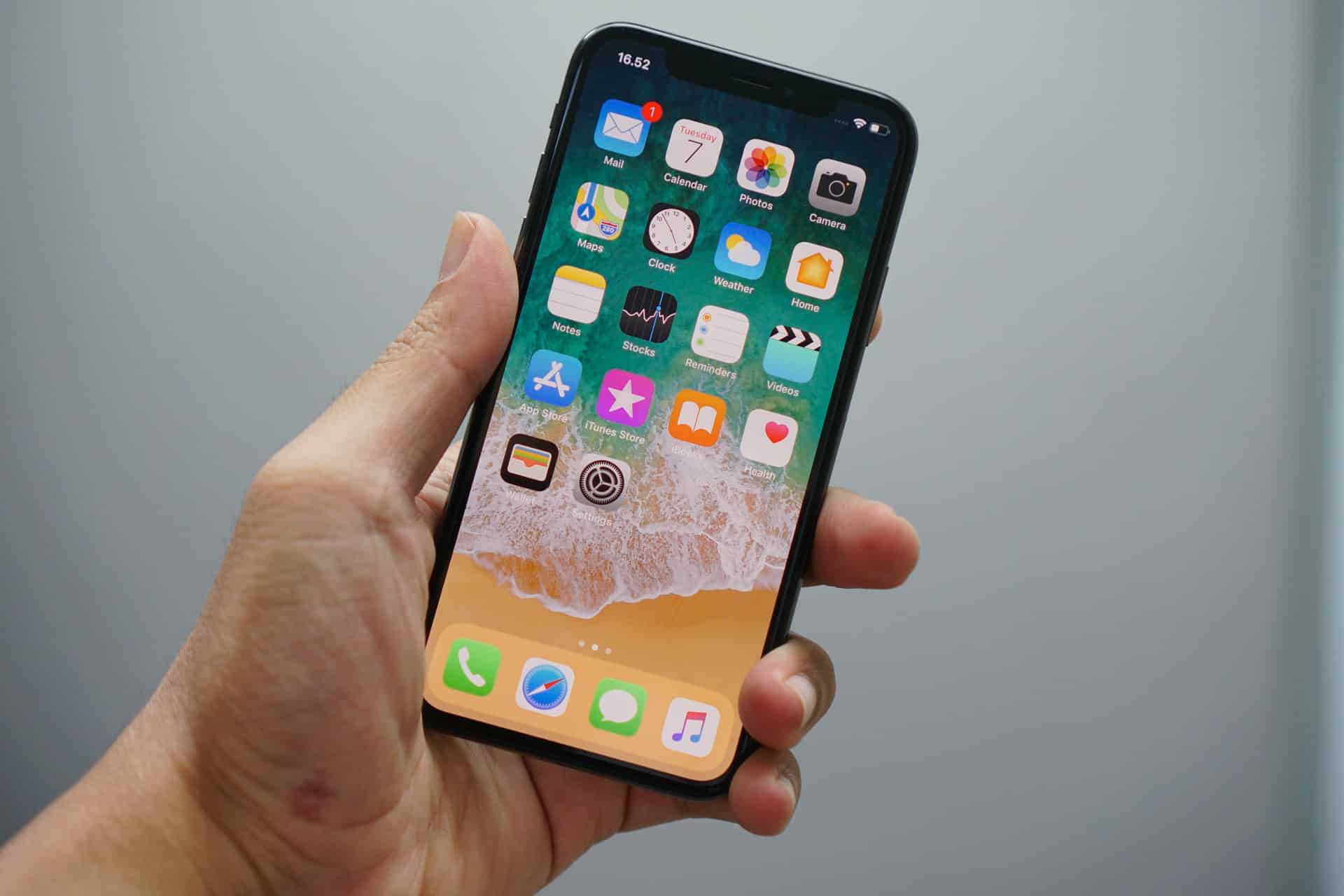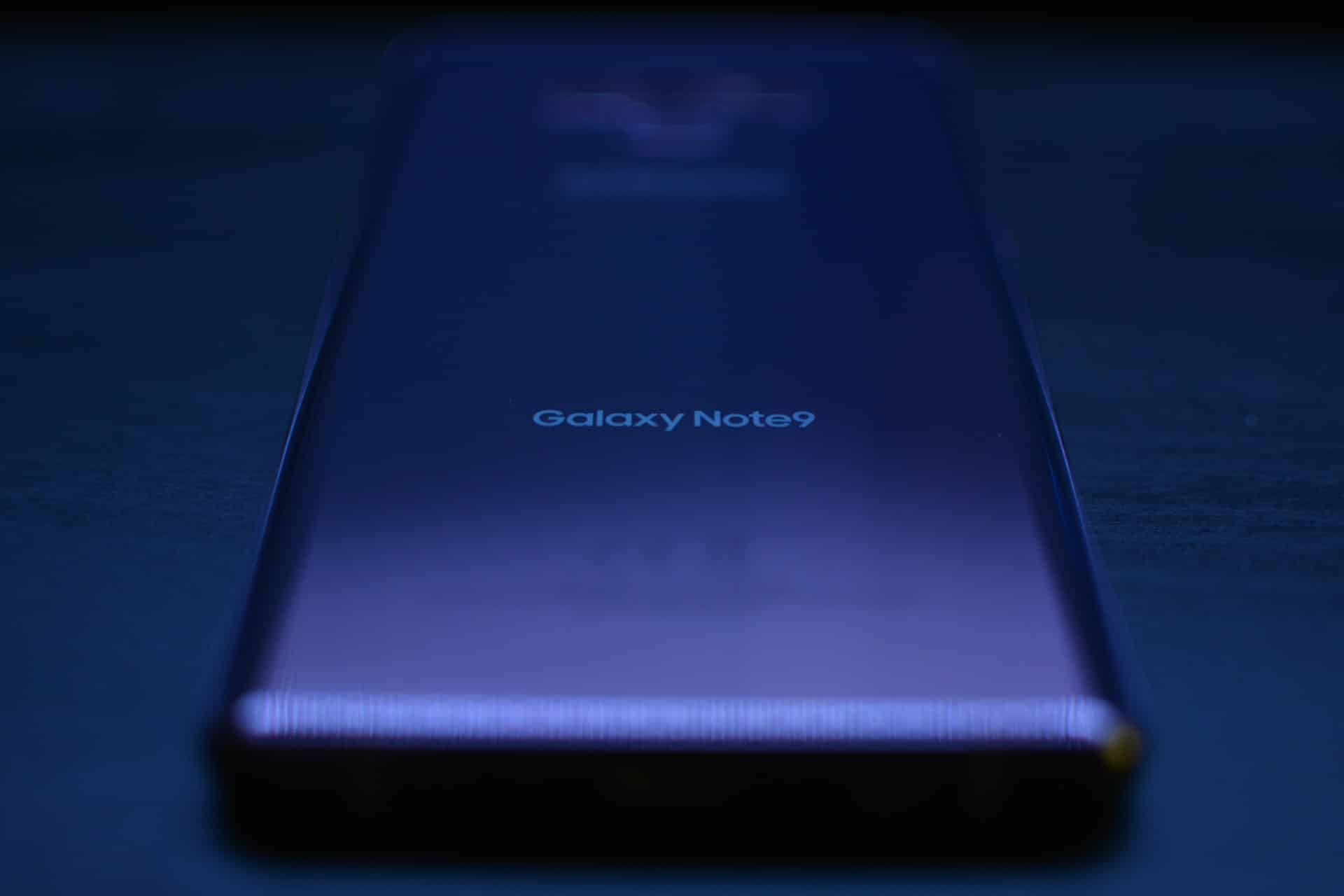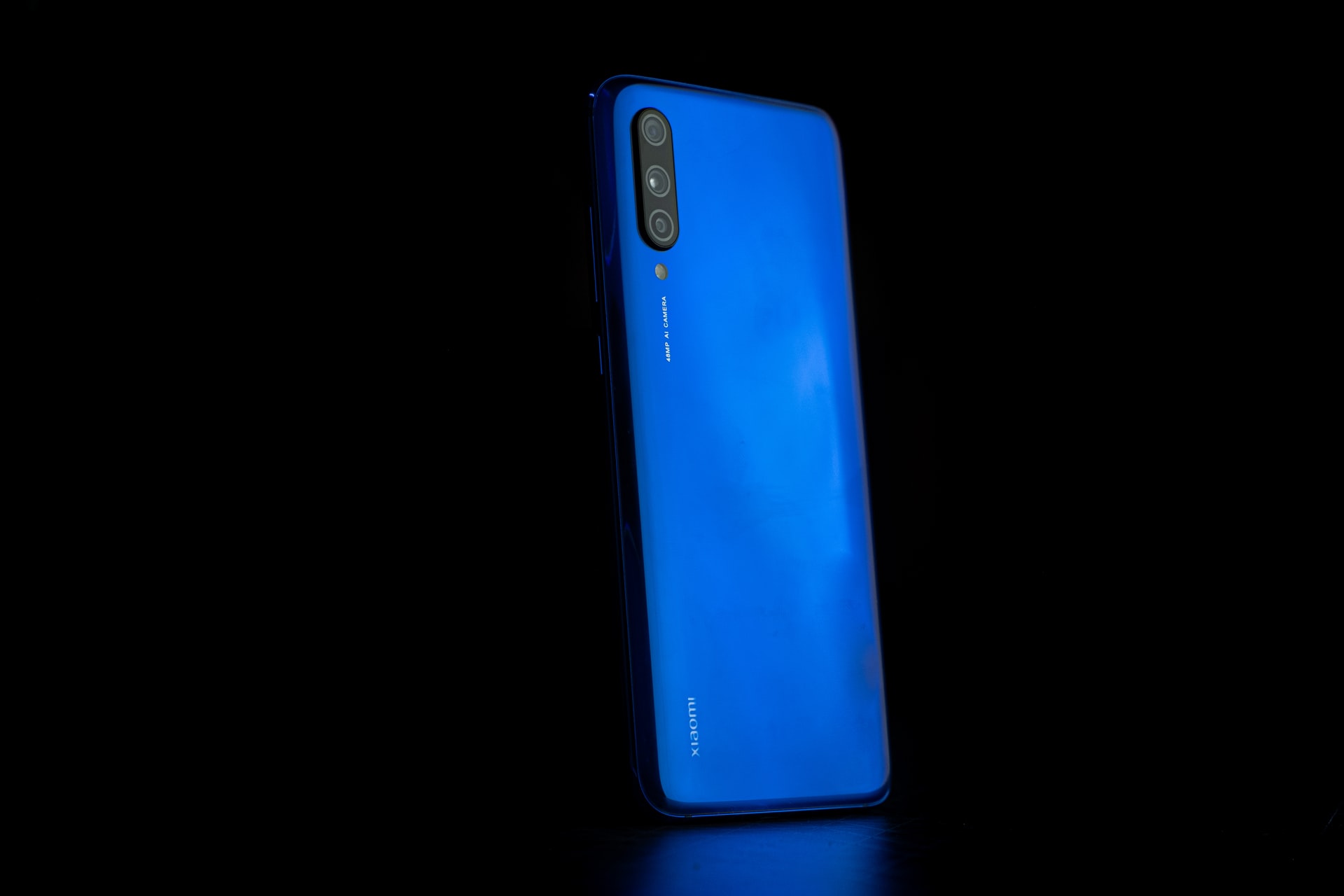
How To Fix "FortniteClient-Win64-Shipping Exe: Entry Point Not Found" Errors In Windows 10 (Repair)
[ad_1]
Fortnite is one of the most popular games at present, with an estimated 12m+ active monthly players.
Whilst its “free” price tag is obviously a major draw, one of the other aspects was its versatility across many different platforms.
If you're running the game on PS4, PC or Nintendo Switch – you're able to play it with millions of other people around the world.
Unfortunately, the PC version of the system is prone to a number of common errors; “Entry Point Not Found” being one.
This error is not unique to Fortnite – it's basically caused by Windows being unable to load a particular “DLL” file that's required to get an application running. In the case of Fortnite, this can be a number of different DLL's.
If you want to fix the problem, the answer is to replace Fortnite's files. Whilst you can “re-install” the game to achieve this, a much faster & less intrusive way is to use the “Verify” system inside the Epic Games launcher.
Cause
The cause of the problem is that your computer is unable to load a file required to run the Fortnite application.
Every “operating system” in personal computers uses a series of “libraries” to help applications operate.
- In Linux/Mac, these “libraries” are standardized (installed via a central repository).
- In Windows, they are not – and are typically added to the system through “Dynamic Link Libraries” (DLL) files.
The problem you're experiencing is common – whenever an application requires a particular DLL file, and is unable to locate it, or cannot find the particular component within it to run the app – it will raise an error like the one you're experiencing.
The fix is to ensure all the required DLLs are present for the application in question. With Fortnite, this could be many; the fix is to let Epic Games' own tools do the work.
Solution
The core solution is to ensure that your applications are able to access the files it requires to run.
In the case of Fortnite, it means either re-installing the game or replacing the files it requires. The latter can be achieved by using a tool inside the system itself…
1. Remove Fortnite “Binaries” Folder
Whenever you develop applications, the “binaries” folder is where all the “operational” files are kept.
For example, any “EXE” files your app may have are kept within this folder.
Removing the “binaries” folder for Fortnite means you can load up the “repair” facility in the Epic Games launcher – which should resolve the problem you're experiencing:
- Open “Windows Explorer” (“File Explorer” if using Windows 10)
- Browse to the following folder: C:Program FilesEpic GamesFortniteFortniteGame
- Select the “Binaries” folder
- Delete it (press “Delete” on keyboard)
This should remove the files that are loaded whenever you try and load Fortnite.
2. Load Epic Games Launcher
The next step is to load the “Epic Games Launcher”…
- This can be done by clicking onto the desktop and clicking onto its icon.
- From the “launcher”, select the small “cog” icon next to the “Launch” (green) button
- From the menu which loads, select “Verify”
- This may take some time – and will basically resolve any of the core issues with Fortnite & its files
- Once it completes, try clicking “Launch”
This should launch the game and allow you to run it.
If it doesn't work after doing this, you will need to proceed with a re-install (which takes longer and requires more space).
3. (IF it still doesn't work) ReInstall The Game
If the verification process doesn't work, you'll need to re-install the game.
To do this, you will need to follow the steps here:
- In Windows 7, click “Start” > “Control Panel” > “Add / Remove Programs”
- In Windows 10, right-click on the “Start” button > select “Apps and Features”
- From the lists which display (on both systems), scroll down to Fortnite and remove it
- You may also wish to remove the Epic Games Launcher (if its icon appears)
After doing this, restart your computer and then go to the Fortnite website again – download a fresh copy of the installer and let it run.
Once installed, test to see if the game launches as intended.
If the above does not work, it likely means you have some sort of other problem with the system (typically with the files or settings of Windows).
To resolve further problems, you should initially look at ensuring that Windows is running properly, and then that there are no issues with other dependencies of the system. If you require support with this process, there are a number of free resources online, including the likes of the “Epic Games Forum”, “SuperUser” and “Microsoft Answers”. If you need even further support from here, you'll likely be best seeking the input of a specialist (which will likely incur a cost).
[ad_2]
Source by Richard Peck






